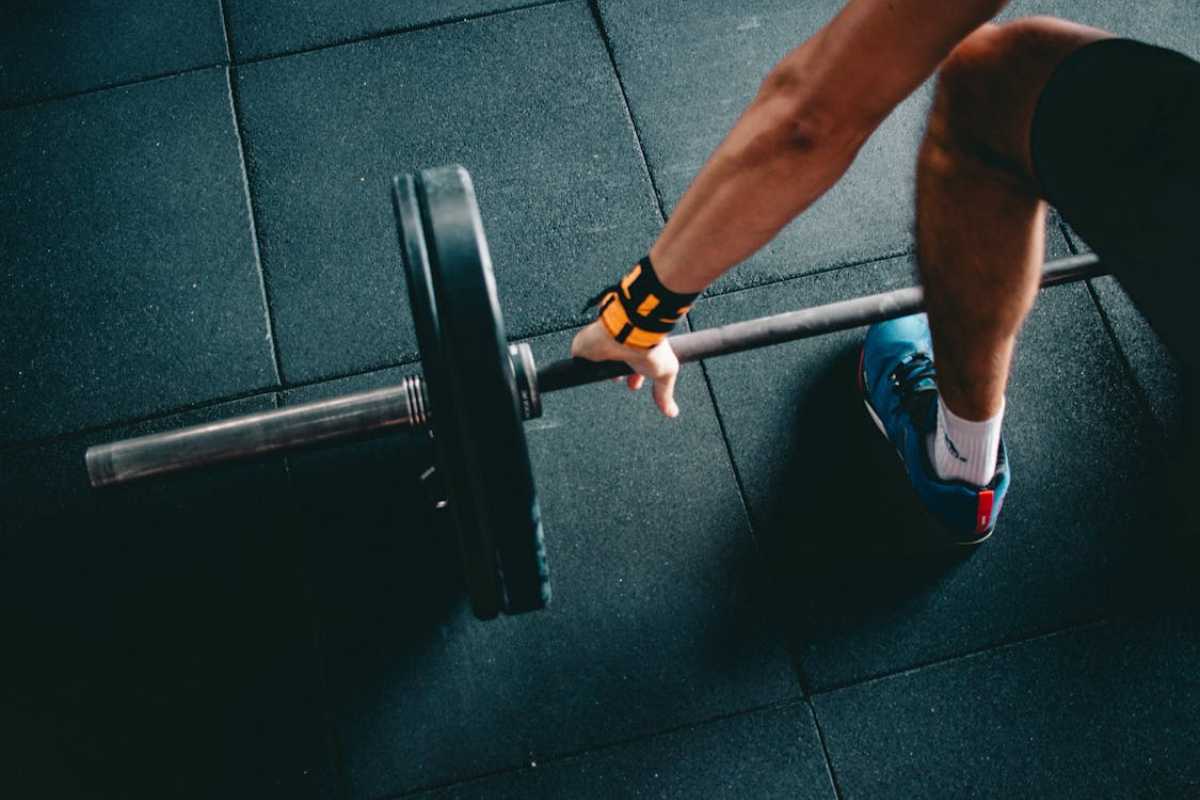Ensuring inclusivity and safety in strength and conditioning training is critical to building a supportive fitness community. Strength and conditioning training has grown in popularity, attracting people from all walks of life. While its benefits are undeniable, ensuring that the fitness community is inclusive and safe for everyone is vital. This article will look at the importance of inclusivity and safety in strength and conditioning training and how it contributes to a more positive and diverse fitness environment.
The Power of Inclusivity
Embracing Diversity: Inclusivity in strength and conditioning means welcoming people of all ages, genders, abilities, body types, and backgrounds into the fitness space. This diversity enriches the community and permits for different perspectives on health and fitness.
Reduce Stigma: Many people may fear participating in strength sports and fitness due to stereotypes or social prejudices. Promoting inclusivity helps break down these barriers, making fitness accessible to everyone.
Personalised approach: Inclusiveness means that there is no one-size-fits-all solution. Fitness professionals must tailor their training programs to each individual’s specific needs then goals, whether they are beginners, seniors, athletes, or people with disabilities.
Creating a Safe Environment
Proper Instruction: Safety starts with appropriate instruction. Fitness professionals should ensure that participants understand adequate exercise technique, equipment use, and the importance of warming up and cooling down.
Equipment Accessibility: Ensure that fitness centres provide accessible equipment for people with disabilities. This could include ramps, modified machines, or equipment adapted for people with different levels of mobility.
Effective Supervision: Adequate supervision is essential, especially for beginners or those attempting more advanced exercises. Qualified professionals can provide guidance, correct posture, and prevent potential injuries.
Clear Communication: Facilitating open communication between trainers and clients is essential. Clients should feel comfortable discussing their concerns, limitations, and any existing medical conditions that may impact their workouts.
Inclusive Programming
Modifications and Progressions: Instructors should be able to offer modifications and progressions of exercises to suit different fitness levels. This ensures that everyone can exercise and progress at their own pace.
Group Classes: Group fitness classes should be designed to accommodate a variety of fitness levels. Instructors should offer participants the opportunity to adapt exercises to their abilities.
Fitness marketing and media diversity should include a wide range of body types, civilizations, and abilities. This representation sends a powerful message: fitness is for everyone.
The Benefits of Inclusivity and Safety
By promoting inclusivity and safety in strength and conditioning, we create a fitness community that:
- Removes barriers: More people are motivated to exercise, leading to better health and empowerment.
- Builds empathy: We create a more empathetic and compassionate community when we understand and support people with different experiences and abilities.
- Fosters learning: Embracing diversity in fitness encourages us to learn from each other and discover new perspectives on health and wellness.
- Strengthens community: An inclusive and safe environment fosters a intelligence of belonging and camaraderie among participants, maintaining the fitness community.
Conclusion
Inclusion and safety aren’t just buzzwords in strength sports and fitness; they’re the pillars of a healthy and thriving fitness community. By actively promoting inclusion, breaking down barriers, and prioritising safety, we create an environment where everyone can achieve their fitness goals while feeling welcome and supported. Let’s continue to grow a fitness community that’s as diverse as it is strong, where everyone can succeed.




